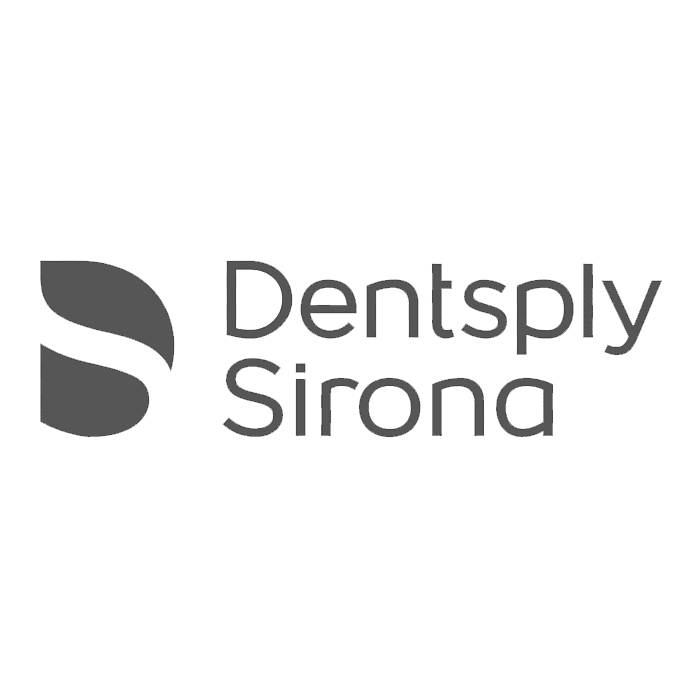Dental implantology treatments
Dental implants
Dental implants are pieces that are surgically placed in the jaw bones to replace one or more teeth that are either damaged or missing.
What are dental implants?
Dental implants are pieces that are surgically placed in the jaw bones to replace one or more teeth that are either damaged or missing. The final objective of this treatment is that the original function of the denture can be fulfilled.
Doctors Rafael and Alejandro, both surgeons at Clínica Dental Herrera, with more than 15 years of experience, explain that the treatment through which we place the implants consists of different phases that we will detail below:
In the first place, if there are damaged pieces, their corresponding extraction is carried out, followed by the placement of the implants.
Once the implants are placed, we need a time that ranges between 6-8 weeks for osseointegration to occur. This is the process that the body needs for the implant to integrate directly, solidly and durably into the jaw bone of the maxilla. Correct osseointegration will improve functionality and long-term results.
After the osseointegration process comes the second phase of the treatment consisting of the placement of the crowns (visible portion of the tooth).
We work with the best dental implants brands



We are pioneers in the digital tech
In terms of taking measurements, we are pioneers in the digital field, which is why we have different types of intraoral scanners such as:



Pro Arch Dental Restoration
It is a new technology specialized in complete restorations for edentulous patients (without teeth).
The basic idea of this type of treatment is the replacement of missing teeth with a complete dental bridge supported by only four or six dental implants per arch.
Straumann® ImmediaXy™ is the set of solutions that we apply for immediate loading treatments.
Thi innovative technique has clear advantages for the patient, including:
Duration of the treatment:
The Proarch technique allows an extraordinary saving of time since everything is done on the same day.
The provisional or immediate loading prosthesis can be anchored to the implants right after placement.
In this way, the patient begins to have a mouth with all his teeth on the same day. We can say that on an aesthetic level it is a totally successful technique from the first moment due to its integrity in the assembly.
Cost of the treatment:
There are several factors that allow this technique to be cheaper than the placement of single implants.
On the one hand, only 4 implants (All on four) or only 6 implants (All on six) will be placed per arch, and on the other hand, the use of bone grafts and highly expensive materials is avoided, which will result in a notable reduction in the cost of treatment.
It is vitally important to bear in mind that, as an essential postoperative measure, the patient must follow a soft diet so that the biological process of osseointegration is carried out with all guarantees.
When this stage has been completed, the final prosthesis will be placed, which may be either a resin hybrid or totally zirconium, depending on the needs of each patient.
Since 2014 we have been committed to the use of Metal-Free and Zirconio Dental Crowns
















Dental implants with bone graft
What happens if you don’t have the right amount of bone structure to make an implant?
Many patients come to the Clinic with little bone to be able to place implants. It is a very common case both in people who have lost some of their pieces a long time ago and in others who have suffered from periodontal disease.
In this type of situation, the solution is achieved through the placement of a bone graft. Although in this type of surgery the complexity is slightly greater, the results are totally satisfactory since the bone used makes the implants integrate perfectly with the mandibular bone.
There are different types of bone grafts that are classified as:
- Autografts, from the patient himself
- Xerografts, whose origin is of animal origin
- Allografts and/or grafts of artificial origin, generally the origin is synthetic
- Zygomatic implants
Zygomatic implants are used in patients with severe atrophy, that is, without sufficient quality or quantity of maxillary bone to support ordinary dental implants and for whom bone regeneration techniques, such as grafts or sinus lifts, do not guarantee the expected results.
These are implants whose length is greater than a current implant, presenting themselves as an alternative to conventional implant treatment.
Clinical Cases
- All
- Dental Crowns
- Dental implants
- All
- Dental Crowns
- Dental implants


